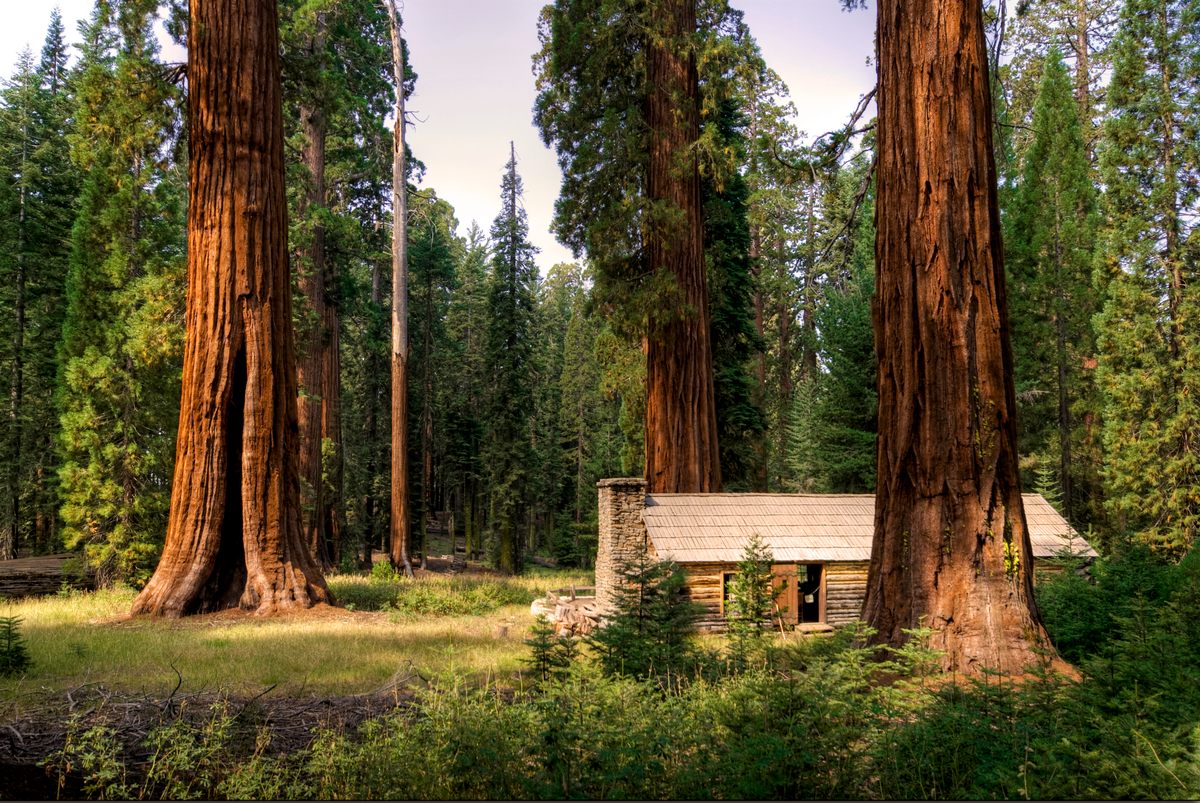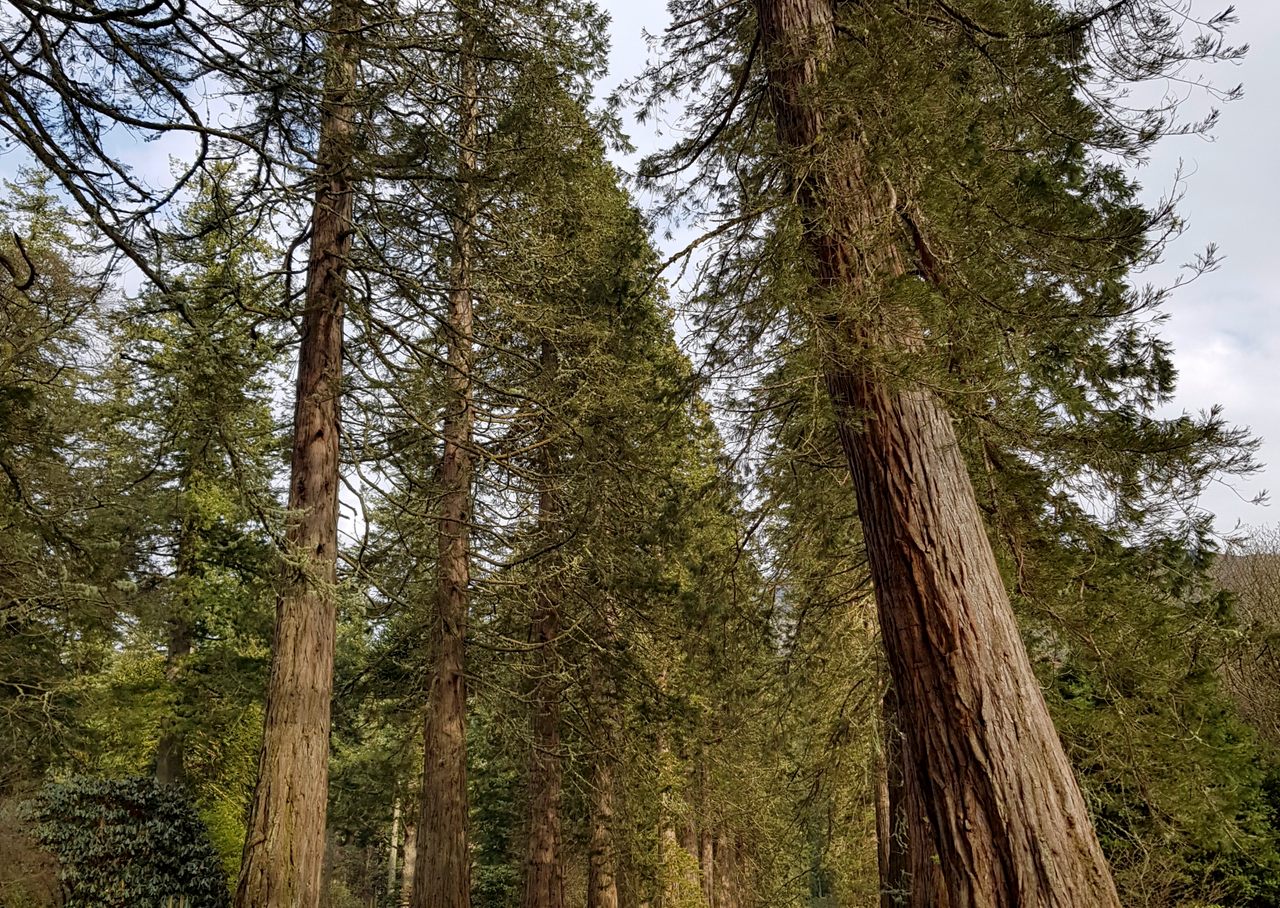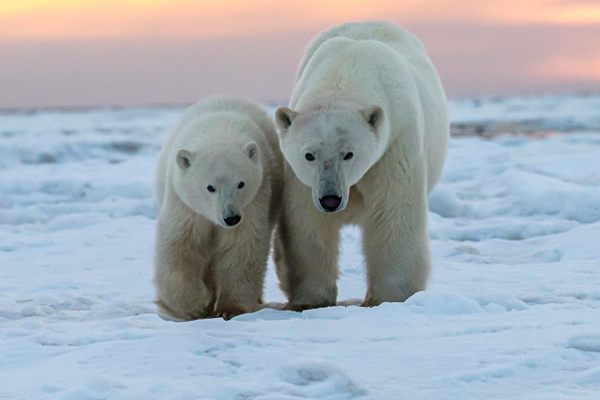Giant Sequoias Are Thriving in an Unexpected Place: the U.K.
There are now more of the world’s biggest trees in Britain than California.
When you think about giant trees—particularly ones you can’t remotely hug the circumference of, and in some cases, ones where you can drive through the trunks—you probably picture those standing tall and strong in northern California’s redwood groves. But according to a new study in the Royal Society Open Science journal, there’s a batch of redwoods and sequoias taking root in an unexpected place: the United Kingdom.
Though often confused, sequoias and redwoods are not the same species of tree, as Joanna Nelson, director of science and conservation planning for the Save the Redwoods League (STRL) reminds us.
“The giant sequoia are the world’s largest trees; the coast redwoods are the world’s tallest,” Nelson says. “It’s easy to mix them up but important to distinguish, as they grow in different locations and have different attributes.”

California is known for being the home of both, and the U.K. study mentions both, but focuses on giant sequoias. The trees are native to northern California and do not grow naturally in the U.K.—but they’re not invasive, either. A Scottish grain merchant named Patrick Matthew first introduced giant sequoias to the U.K. in 1853; Victorians planted them as small collections in gardens and along avenues to make them look more imposing. The initially small number in the U.K. has now grown to half a million (including both redwoods and sequoias), compared to California’s less than 80,000, says Mathias Disney, one of the authors of the study and a professor in the Department of Geography at University College London.
The study focused on measuring how much carbon sequestration the U.K.’s trees allowed for, noting that the carbon capabilities are part of the reason for planting more of them throughout the country. All of these trees are essentially ornamental, Disney says, because they’re planted and not naturally reproducing.
“It’s probably too cold in the winter and not hot enough or there’s lack of fire in the summer to trigger germination as yet,” Disney said.

The habitat of these trees has something to do with that, as well. The U.K. tree sites (which aren’t considered “groves” according to the STRL) are in a wetter and cooler location than the California groves. Plus, the native groves in California are in complex forest ecosystems, with elevations ranging from 3,000 to 7,000 feet. The U.K. trees are planted much further north and were more or less meant to be just for show.
According to both Disney and STRL, the California trees are the only naturally occurring giant sequoias in the world. Other attempts at planting the trees commercially have not resulted in natural germination. Ornamental redwoods do particularly well in New Zealand, thanks to the similar climate. Aside from that and the U.K., Disney thinks some areas of southern South America and central Asia might be a viable spot for future trees.
That brings up a whole other line of questioning, though. Is it smart to plant non-native species in other parts of the world, even in an effort to manage carbon?

“You need to think about the implications of that for native species, particularly if you are going to do this for more than just ornamental reasons,” Disney said. “You need to consider the impact of possible pathogens, fungi, all those issues. But it’s less of an issue if they aren’t reproducing as there’s no risk of invasive spread.”
As for survival of the giant sequoia species in general, plantings like the ones in the U.K. probably won’t do too much good. If they’re not reproducing, it’s not a solution.
“It becomes a bit like the zoo/animal captivity debate,” Disney said. “But at least we know we can cultivate them and collect seeds in seed banks, and that is a good start.”















Follow us on Twitter to get the latest on the world's hidden wonders.
Like us on Facebook to get the latest on the world's hidden wonders.
Follow us on Twitter Like us on Facebook